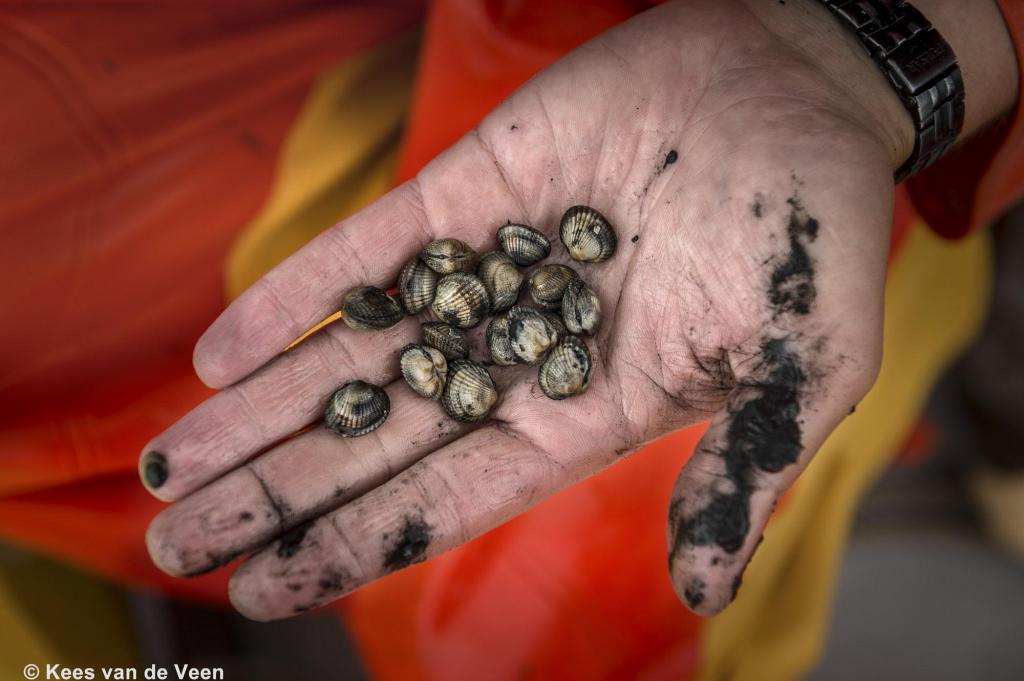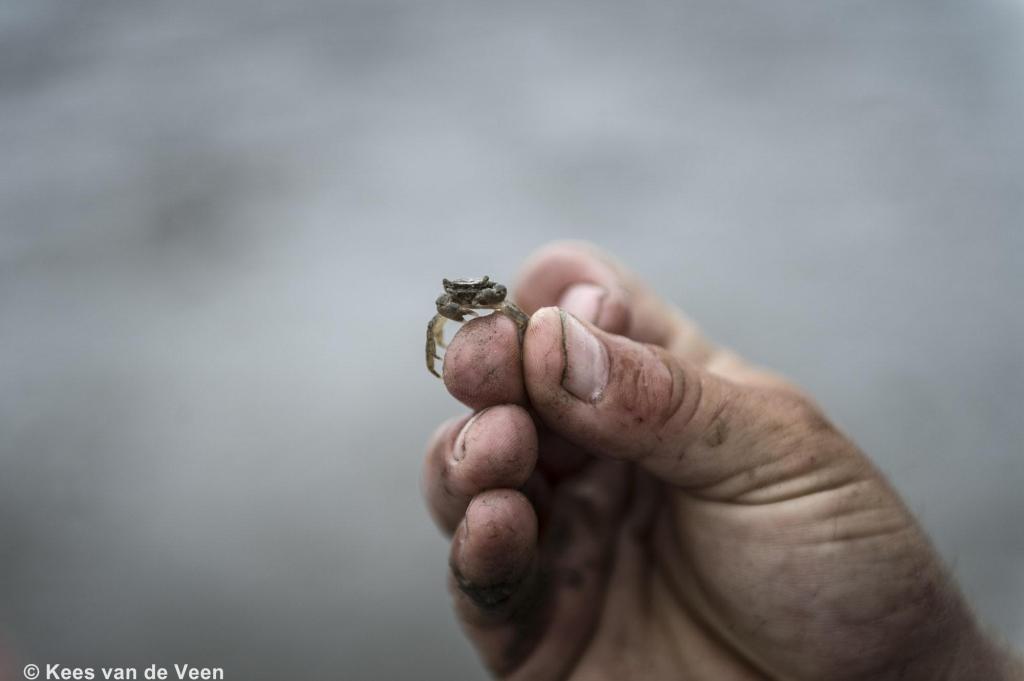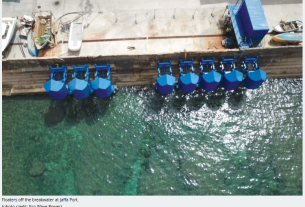In this blog post, Paula de la Barra and Allert Bijleveld discuss their latest research, conducted alongside Geert Aarts. This work focusses on gas extraction under intertidal mudflats, and the impact that this has on macrozoobenthic communities and sediment.
The importance of the Wadden Sea
Every day the tide covers and reveals thousands of square kilometres of sand and mudflats in the Wadden Sea, the largest intertidal area in the world. Millions of birds on their way from Africa to the Arctic use this area as a stop-over to restock their energy. They forage on the invertebrates -worms, clams, shrimps- that become exposed with the low tide. When the water comes up, the birds are pushed to their roosting spots and juvenile fishes swim in to take advantage of the abundant resources living in the mud.

It is not difficult to understand why in 2008 the Wadden Sea was designated as a UNESCO World Heritage site, a recognition given to places of outstanding universal value. To give the reader an idea of what this means, the Great Barrier Reef in Australia is also a World Heritage site. This status grants protection to the Wadden Sea, which in the Dutch part, is managed under the “hand on the tap” principle, meaning that human activities can be carried out in the area, but should be halted if they threaten its natural values.
Land subsidence
One of the activities that is carried out in the Wadden Sea is gas production, which has resulted in land subsidence. This could be an important threat, because even a small loss in elevation could result in large areas of intertidal mudflats becoming permanently flooded.
However, according to scientific studies, the sedimentation in the affected area is sufficiently high to compensate for the subsurface elevation loss. Great news! We know this because, following the “hand on the tap” principle, the subsidence rate is closely monitored and thresholds have been established so that sedimentation can keep up with subsidence.
However, we suspected that changes in the local elevation of intertidal mudflats, that affect the sedimentation and erosion rates, might result in changes in the sediment composition. Sediment composition, in turn, is an important driver of the invertebrates’ community. The same invertebrates that are used by birds and fishes, and thus, a pillar of the ecosystem.
Measuring sediment composition and invertebrates
Since 2008, sediment composition and the invertebrates’ community are monitored throughout the Dutch Wadden Sea. Nearly 5000 samples of sediment and invertebrates are taken yearly and characterized through the Synoptic Intertidal Benthic Survey (SIBES). We took advantage of this program to test if sediment and invertebrate community composition were different between the subsidence area and the rest of Wadden Sea.

We found that sediment median grain size is getting smaller and is muddier in the subsidence area. The invertebrate community is also changing: species that use deeper areas are getting more abundant within, relative to outside the subsidence area.
However, we cannot affirm these differences are caused by subsidence. To be able to establish a causal relationship for these patterns, we would need to know if these patterns were there before the gas drilling started. Unfortunately, these measures do not exist.
Further questions
The question that these results pose is whether these differences grant management actions or not. The “hand on the tap” principle establishes that if the “natural values” of the Wadden Sea are compromised, management actions should be taken.

So what are these “natural values”? Nowadays, we are lacking a definition. Thresholds to subsidence rates have been established so that no intertidal area is lost to flooding. This implies that “intertidal area” is one of the natural values. We propose that sediment and community composition should also be considered natural values, due to their importance in shaping the ecosystem.
A second question we need to answer is how are we going to determine if natural values are threatened? The standard to detect anthropogenic impacts is the before-after, control-impact design. But often, as with the gas drilling, such a design is lacking. We need to establish proper monitoring of the natural values also before activities are established in the Wadden Sea.

Moreover, this monitoring needs to have an appropriate temporal and spatial scale for it to be useful. When “before” measurements are not available, like in our case, what methods should be used to measure effects? We propose that a synoptic sampling campaign that allows the control of processes in the entire Wadden Sea could be a good way to start.
Once the natural values have been established, and a method for measuring effects on them has been decided, then there is one more question that needs to be addressed. How much change is considered a threat?
In our case, if we consider sediment composition as one of the natural values of the Wadden Sea, and we consider the method we used as the best one available, is a 10% change acceptable? Establishing thresholds for management action beforehand would help us avoid messy discussions about what constitutes an effect and in turn to take timely action.
Recommendations
We propose that for a successful implementation of the “hand on the tap” principle in the Wadden Sea we need to
- clearly define beforehand the relevant variables that represent the natural values
- implement proper monitoring for impact assessment
- establish threshold values above which effects are not acceptable, otherwise the water will continue to run regardless of where the hand is.
Read the full article “The effects of gas extraction under intertidal mudflats on sediment and macrozoobenthic communities” in Journal of Applied Ecology
